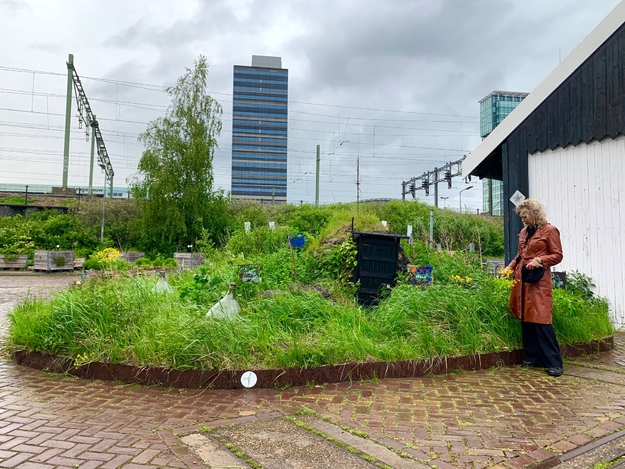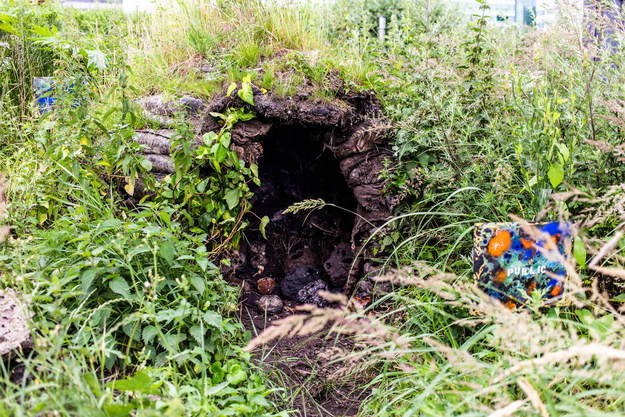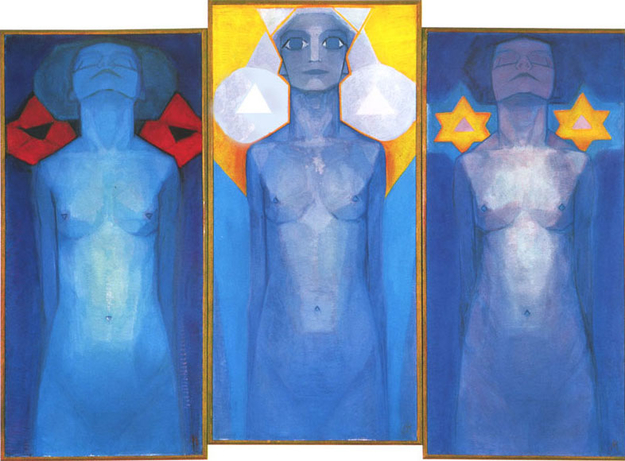An excavation of reform praxis
At first glance, the lot may be read as a site for the uninhibited flourishing of natural processes, with weeds growing alongside the purposefully planted medicinal plants. It is also situated within a particular cultural tradition Lebensreform movement, in the early 20th century. The hut sitting at the peak of the Tumulus was constructed in late July and early August 2020, built from bags of earth and domestic detritus collected from the street during the pandemic. Situated in Amsterdam’s urban space, with the screeching of the NS trains nearby ever-present, the hut invites visitors to retreat to a quiet space momentarily.
This notion finds extra significance in the context of the last year, where the closure of our work and social spaces saw many reconnect with their natural surroundings. The idea of retreating into nature in times of crisis also directly resonates with the key tenets of the Lebensreform movement, which saw European intellectuals rejecting their modern lives in the city in response to rapid urbanisation and industrialisation at the turn of the twentieth century. Moreover, this movement, which has been explored in-depth in another blog post, forms a central inspiration for the practice of Ruchama Noorda. Tumulus is but the latest manifestation of Noorda’s engagement with the back-to-nature values of Lebensreform.
Performing life reform
Tumulus is a living artwork in many respects; as well as hosting an abundance of plant species, it forms a stage for performance pieces that occur with the changing of the seasons, inspired by the work's evolution. Last September, Noorda marked the Autumnal Equinox by performing a ceremony where she dyed and root-leaf-and-seed medications from woad harvested from the Tumulus lot. Before being overtaken by synthetic dyes, the plant was historically cultivated across Europe for its blue dye and was also used for its immune-boosting properties. More recently, she welcomed in the summer months with a raku session, firing small ceramics made from Dutch clays that will eventually adorn the Tumulus lot in a sculptural addition to the work.
Ruchama Noorda during Blue Monday performance - Tumulus Pictures by Victoria Ushkanova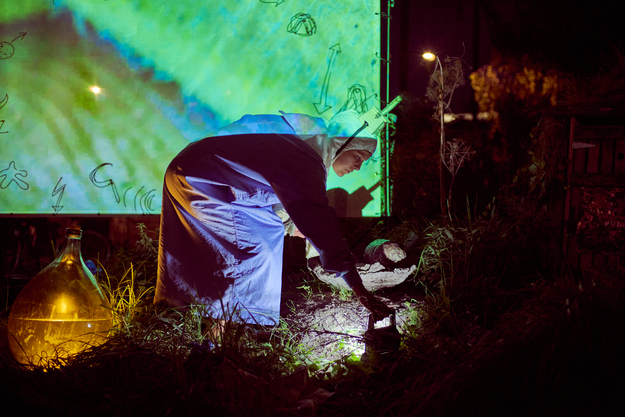
These performances link to the cultural and historical context of avant-garde cultural movements such as Lebensreform through their content and form. The combination of material form (the Tumulus lot) and performance constitutes the project as a Gesamtkunstwerk or total work of art. This idea was developed by the German composer Richard Wagner, referring to a piece encompassing various art forms. It's a notion that has become increasingly familiar with art today but was still a novelty at the turn of the twentieth century, where art forms such as painting, music, and sculpture were seen as separate realms. Noorda herself has credited this idea as fundamental to her art practice, whereby the boundaries between different art forms are dissolved. Moreover, performing outside draws an instant connection to the outdoor dance recitals of Mary Wigman and Rudolf von Laban that occurred at the Monte Verità colony, where they developed their improvisational Ausdrucktanz (expressive dance).
Connecting to a spiritual plane
An interesting element of the historical Lebensreform movement was its engagement with alternative religion and spirituality. Worldviews such as Helena Blavatsky’s Theosophy, which then influenced the esoteric philosophy of Anthroposophy, developed by Rudolf Steiner, were highly attractive for disaffected intellectuals at the turn of the century. Theosophy postulates the existence of a parallel spiritual world that humans can access through processes such as seances and be practised by many of the lebensreformers who gathered at the artistic colony of Monte Verita. Whilst Noorda is by no means an anthroposophical artist, her engagement with the Lebensreform movement, makes this an interesting lens through which to evaluate Tumulus.
Indeed, Noorda has stated that rather than adhering to the dogmas of Anthroposophy through her art practice, she is more interested in how philosophy influenced the dominant art movements of the early twentieth century. For example, the aesthetic of artists such as Piet Mondrian was deeply shaped by his involvement with these ideologies, which can be seen most explicitly in his ‘Evolution Triptych’ of 1911. This image, divided into three parts, depicts three stages of spiritual evolution. The central figure has achieved enlightenment, designated by her open eyes and the gold background around her head.
Less recognised in the artistic canon but increasingly receiving more attention by art historians is the Swedish artist Hilma af Klint, whose monumental abstract paintings preceded the experimentations with the abstraction of artists such as Mondrian, Malevich and Kandinsky several years. Af Klint was deeply involved with Theosophy and Spiritualism and developed a visual language of geometric, abstract forms that signified the existence of a spiritual realm, as displayed in her 'Group x No. 2 Altarpiece' work of 1915, displayed below in comparison to Tumulus.
Hilma af Klint 'Group x No.2 Altarpiece' (1915) compared with Tumulus - 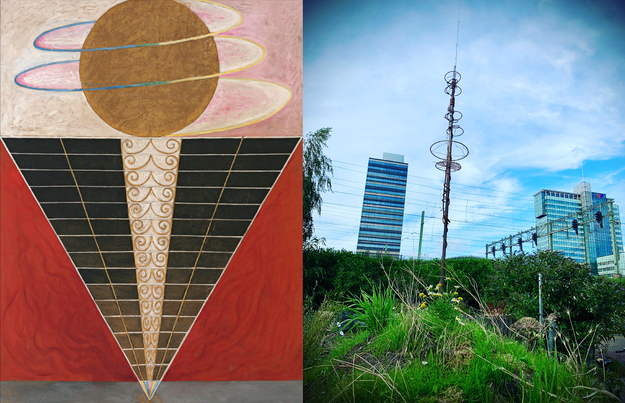
Although the pieces are different media, a painting and an installation, there are striking similarities between their visual forms. Both have pyramidal bases, although the triangle is inverted in af Klint, topped with a spiralling antennae-like structure. If, as Noorda says, we think of the hut in the centre of the Tumulus lot as a place for switching off from the outside world and inner contemplation, it is interesting to think of the metal antenna as a communication device to connect with a spiritual realm, in the same way, that earlier mystics would achieve this through a seance. Through these comparisons, we connect Tumulus, a living work of art, performance space, and sculpture that represents the constantly evolving present, with the lively cultural heritage of the early twentieth-century avant-garde art and esoteric philosophy.
